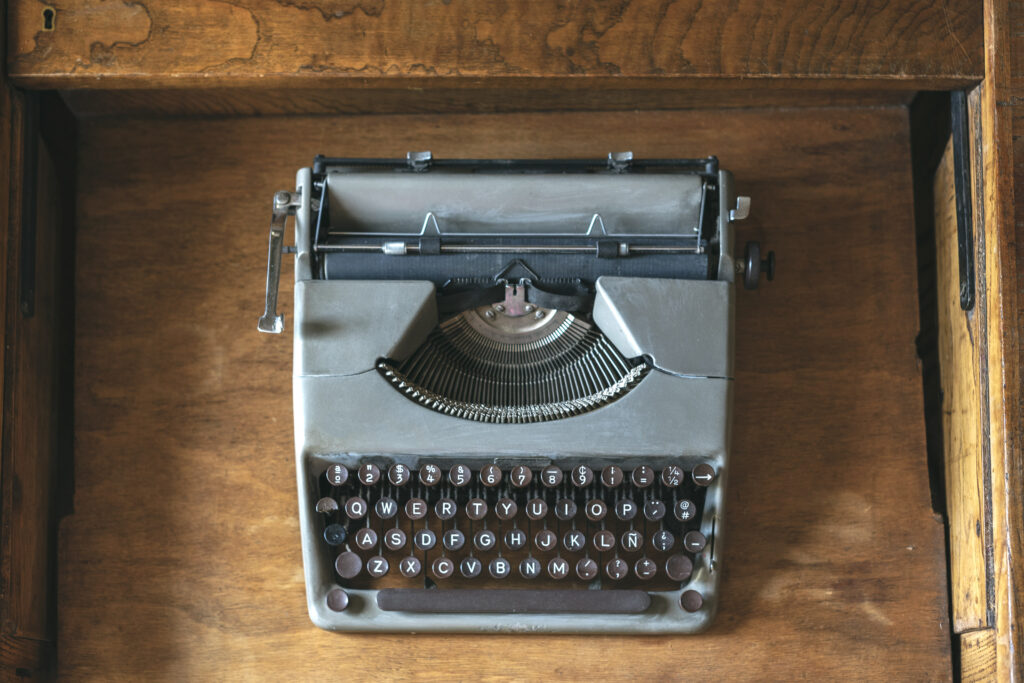
A lot of people like to ask writers where their ideas come from, and how those ideas lead to the development of a whole-ass novel or series. And it’s an interesting question, one I don’t necessarily have consistent answers for. Every book is different, at least for me.
Usually, the first thing that comes to me is a scenario. For the All the Promised Stars it was the thought of someone being in love with one person but having to marry someone else, and how that would affect all three characters. Sometimes this scenario is wrapped up in a specific scene, and in ATPS, that scene was the scene in the spaceport, with Will saying goodbye to Amelia, as they both went off to what they thought were going to be separate destinies. In The Soul Cages (out this week! Watch this space!) it was the thought of a character whose main relationship was with a person who only existed as a ghost, and the process of that person falling in love with someone and working out how to bring the worlds of the living and the dead together, and the choices that would entail.
Sometimes, what comes to me first is a character. That’s what happened with The Ascension Apocalypse series (Blade of Shadows, Wings of Light will be out in August). I can’t tell you the seed that developed into the character of Jack Bainbridge because it’s a massive spoiler, but everything else grew from there.
Usually, the next thing that comes to me is the relationships the character or characters is/are entangled in, and how those relationships will grow and evolve throughout the story. Most of my stories center on relationships, so this is one of the things that I’m most interested in. Next, I start working on the milieu in which the story takes place. David Farland, an award-winning author and fiction coach, suggested working out the setting first, because that will inform everything else. And that’s true, though it’s not the absolute first thing that comes to me. Usually, the setting will suggest the actual plot, and the entire cast of supporting characters. Setting is probably also the thing that I work on the longest, as I need these story worlds to make internal sense. It also tends to grow as I write, as it becomes apparent there are worldbuilding pieces I need that I haven’t developed yet.
Hopefully, by this point I have some idea about what is going to happen in the story, i.e. the plot. If the inspiration was a scenario, that helps, as I know the conflict I’m building toward. But it’s absolutely vital to have the main points of the plot worked out before I begin writing. There is a big divide in writing between discovery writers, who start out with little than of a vague idea and ‘discover’ the story as they go, and plotters, who have everything worked out beforehand. This is not, however, a strict binary. I’m somewhere in between. I used to see myself as a discovery writer, but it doesn’t escape me that I didn’t really start finishing things until I started plotting them out. So now, I plot out an outline of major events, knowing what I’m working toward. The connective tissue between those events, however, is a little loosey-goosey. This leaves room for surprises, and organic character moments.
I’m also not married to this structured plot. If a better idea comes to me as I write (which it almost always does) I steer myself in the new direction. It is also true that there are scenes that I imagine happening at certain points in the story that no longer feel right when I reach that point. I do not force the story to align with the original idea, but look at what I have written and find something that fits. This almost always turns out to be better than what I originally planned.
If you’re looking for a metaphor here, my plots are like a wooden trellis built over a rose bush. There’s a structure in place, but the growth happens organically, and can sometimes end up with a result I didn’t quite expect.
Once I have the plot in place, I write a short description of each scene on 4×4 post-it notes and place them on my white board. In long projects, these notes will be altered several times as the plot evolves. And that’s how I get through my drafting phase. As I write, I type in green text, so I can go back the next day and give the work a light edit as I review where I am. Following this process, I usually end up with a first/second draft that doesn’t need major rewrites.
Once the first draft is done, I put it aside for a month, then print it out and do what I call my ‘paper edit,’ going through the text fixing typos and looking for other ways to make the story stronger. If scenes need to be re-written, this is usually where it happens. Once this is done, I put the edits in the file on the computer, then send it to my editor, who works her magic.
With this process, each book ends up with 4-6 distinct drafts, depending on the editor’s feedback, and how extensive any re-writes are.
And that’s my process. How long it takes depends on how long the book is. When drafting, I usually write 2000-3000 words a day, four days a week, so a 100,000-word novel would take me about ten weeks. This is a fast enough pace that my adhd doesn’t kick in and cause me to get bored with it.
Every writer has their own distinct process, and mine may not work for you. But it does seem to work for me, as I’ve finished eight books since July of 2019.
